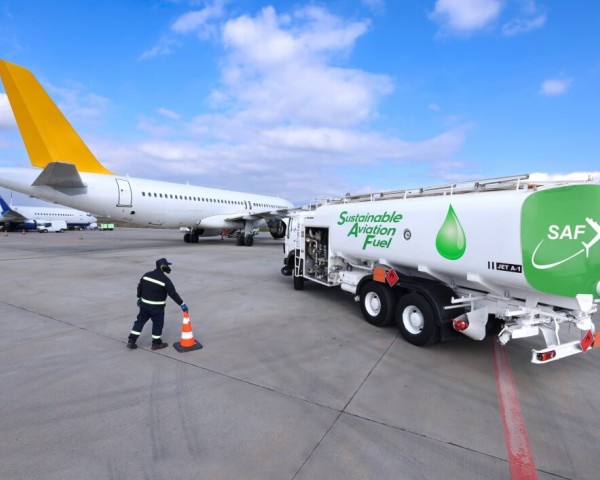Aviation industry forecasts from major players like Boeing, Airbus, and the IATA (International Air Transport Association) indicate that if the current growth trends continue, global air traffic is expected to double by 2050. This growth will likely lead to a nearly 60% increase in fuel consumption compared to 2019 levels.
According to a recent study by the environmental organization Transport & Environment (T&E), these trends could undermine the climate initiatives of airlines and manufacturers. Although the entire aviation sector and the EU have committed to carbon neutrality by 2050, T&E estimates that emissions from the European aviation sector will only decrease by 3% if the industry’s projections hold true.
Alternative Fuels Are Insufficient to Meet the Growing Demand
Although the aviation industry focuses on alternative fuels, particularly Sustainable Aviation Fuels (SAF) and biofuels, their impact remains minimal. According to a Transport & Environment (T&E) report, even if 42% of fuel in 2049 comes from SAF, the sector will still consume as much fossil kerosene as it did in 2023 due to expected increases in air traffic.
Biofuels, often derived from unsustainable raw materials such as palm oil, represent a questionable solution for the organization. T&E’s analysis shows that European aviation plans to consume 24.2 million tonnes of biofuels in 2050. However, 80% of this volume would then likely come from unsustainable raw materials, such as derivatives of palm oil exploitation. As for synthetic fuels, their production would require more electrical energy than Germany’s annual consumption in 2023.
Structural Measures
Even with a more moderate annual traffic growth estimated at 1.4%, the Transport & Environment (T&E) organization projects that emissions could still reach 79 million tonnes of CO₂ by 2050.
To address this, T&E advocates for structural measures to manage the air traffic growth. These include halting airport expansion, reducing business travel by half compared to 2019 levels, better regulating frequent flyers, and enhancing aviation sector taxation.
The International Air Transport Association, representing nearly 350 airlines worldwide, forecasts a record global traffic of 5.2 billion passengers in 2025.












